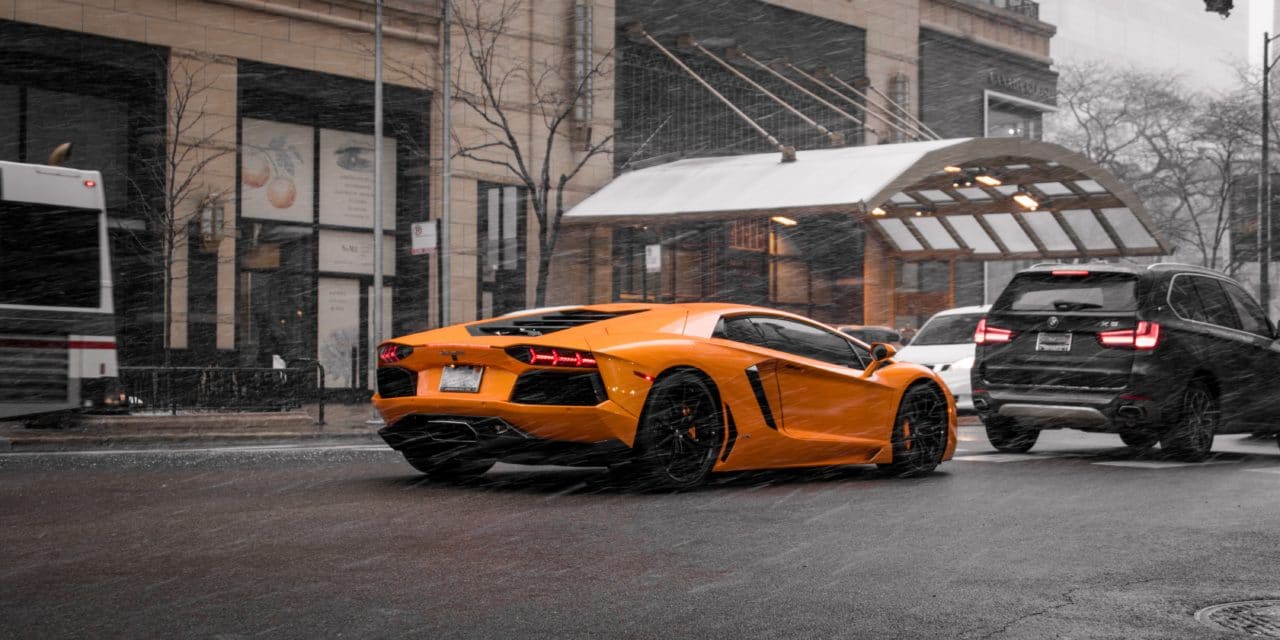[ad_1]
It is our collective and individual responsibility… to preserve and tend to the environment in which we all live – Dalai Lama
BMW cars have always been more than just automobiles. They are something like a Swiss Army knife; a finely crafted tool with everything you need for whatever the road throws at you. A BMW is a purpose built machine that you wear like a Robot Man suit, one so technically advanced; you need to be a rocket scientist to understand all its intricacies. To appreciate all that potential and to fully understand why BMW makes their cars this way; all you need to do is drive one.
With the world spiraling into a climate change abyss, and the future of petroleum about as secure as Lindsey Lohans next movie role, everyone is turning to greener vehicles. Hybrids and electric cars are no longer trendy toys, but have become a necessary and important cornerstone in the plan for freedom from oil. Once limited by bad technology and a microscopic range, the electric car is being reborn as a viable alternative to the beloved internal combustion engine. BMW has joined the fray with not just a new car, but an entire new car line. The BMW i8 Concept is the one of the first of a group of cars being produced by BMW i, a new sub-brand for the commercialization of low-emission (green) vehicles.
Along with the i8, BMW plans to introduce a convertible roadster version called the i8 Spyder, as well as a small electric hatchback called the i3. The i8 hybrid electric vehicles are designed to combine the sportiness of regular BMW cars, with the fuel economy of a small car. The design features a new BMW Vision Efficient Dynamic Concept which is an innovative plug-in hybrid that combines the modified electric drive system of the i3 Concept. The electric motor is fitted over the front axle with a rear mounted high performance three-cylinder combustion engine to extend range. The engine will act as an on-board generator and BMW promises acceleration of 0-62MPH in less than 5 seconds, along with an estimated 86MPG.
Key to this configuration is torque, which is available from a standing start and will give uninterrupted acceleration. The battery technology is based on ultra-powerful lithium-ion cells with an integrated liquid cooling system for ideal operating temperatures. The car can be charged from a domestic power supply system, and can drive 20+ miles on battery power alone. The architecture is known as LifeDrive, and is basically a weight-efficient layered approach to car design. The lower layer is the Drive section, which encompasses the chassis, battery array, powertrain, suspension, steering and brakes. The upper layer is the Life section, which is a carbon fiber reinforced plastic passenger cell. This is the first time carbon fiber is being used on a mass-market vehicle, and was developed here in the United States. The two sections are joined by just four bolts and industrial grade adhesive. Using this setup, BMW promises a low center of gravity, perfect 50/50 weight distribution and amazing handling.
The i8 is amazingly beautiful, with sweeping lines and a flat silhouette. It features a large transparent greenhouse (though I doubt the production version will remain unchanged) with doors that swing upwards like wings. The car is sculptural and organic, with a distinctive kinetic wedge shape and a forward-surging stance. From the front, the car has typical BMW design cues which are augmented by two U-shaped full-LED light configurations. There is also a black semi-transparent V that rises from the hood and offers a glimpse of the electric motor and carbon fiber Life cell. In the back there are three-dimensional air outlets, a massive rear diffuser and “floating” tail lights that match the U-shape headlights. Both the headlights and tail lights pulse like the heart of some futuristic monster and the effect is jaw-dropping.
Inside the i8 are large transparent surfaces in the doors and roof which gives each section of the car the appearance of merging together. The interior is finished in a layered design with a Porcelain White support structure, a black technical level and a comfort section finished in Mocha Brown. The effect is modern and comforting at the same time, and the dashboard and center console is clean of excessive buttons and switches. The instrument cluster is made up of a large display with information delivered in a three-dimensional high-resolution format. There is also a center mounted freestanding information display. The i8 is expected to be priced about $122,000 USD. Production is expected to start sometime in 2014.
Article Courtesy of Chris Raymond
[ad_2]
Source by Chris Raymond

